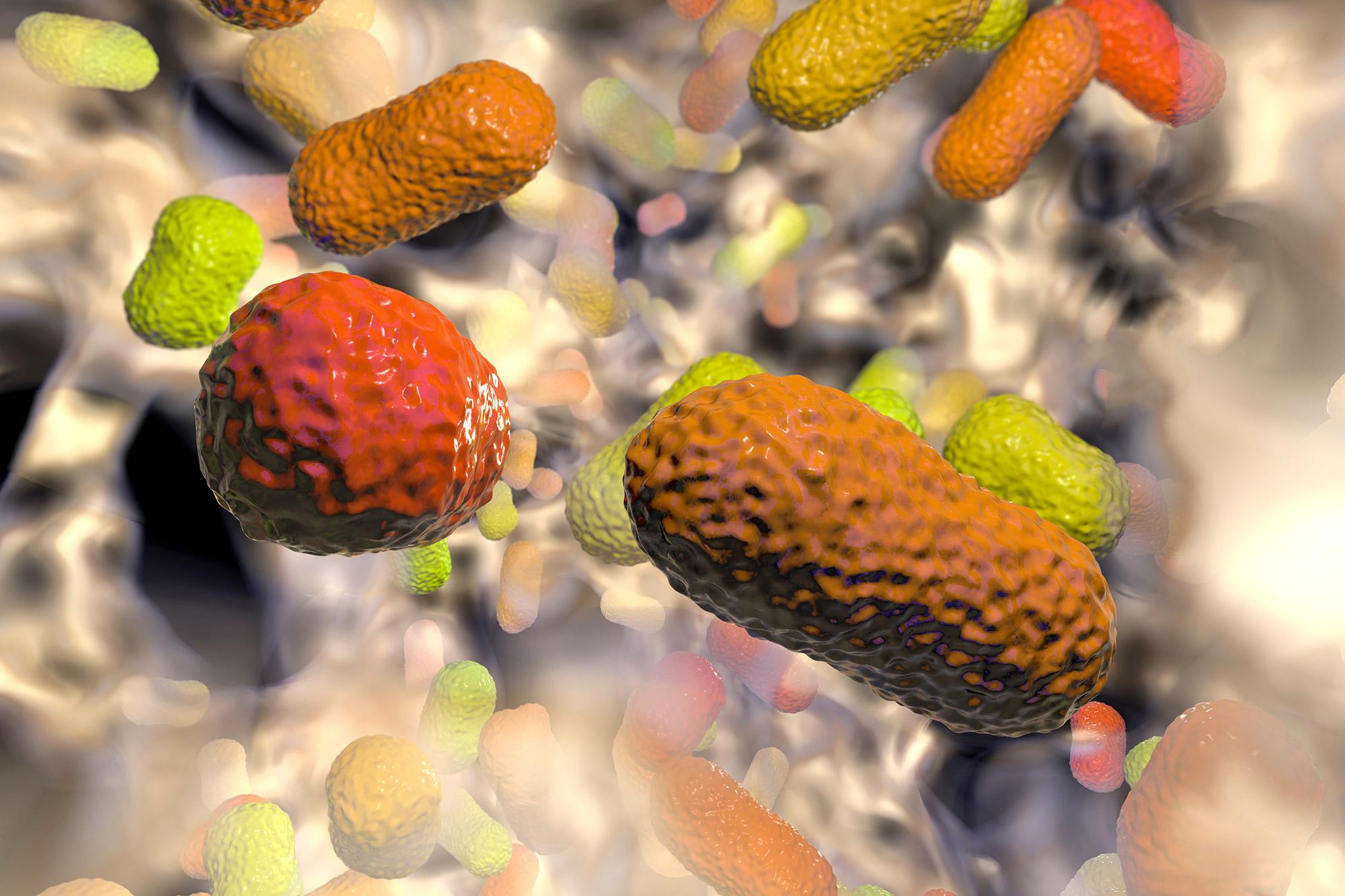Completed project: How germs transfer resistance to each other

Hospital pathogens are able to adopt the resistance characteristics of other bacteria. New findings are helping us to understand the processes involved.
Antibiotic resistance is spread not only by resistant bacteria multiplying, but also by bacteria exchanging genetic material between themselves. Horizontal gene transfer – the ability of bacteria to take up free DNA from their environment and incorporate it into their own genome – plays an important role in this process. The DNA thus taken up may derive from dead bacteria that shed DNA molecules. But it is not yet clear how exactly these processes operate and how significant they might be, precisely in the case of especially problematic pathogens.
Gene transfer only possible for a short time
Researchers at EPF Lausanne thus examined this issue in the hospital pathogen Acinetobacter baumannii which, owing to multiple resistance, often leads to infections that no longer respond to treatment. They focused on a particular form of horizontal gene transfer known as “natural competence for transformation”. This enables bacteria to incorporate genetic material from their environment into their own genome if parts of this material have a close similarity to gene sequences that are already present.
In genetic studies, the researchers discovered that this ability in Acinetobacter baumannii is limited to a brief time window – namely, during the exponential growth phase of the bacteria. Later on, they are no longer able to take up external DNA. It was also shown that there is a correlation between the ability of the bacteria to move around on surfaces and their ability to take up external DNA. The researchers identified a structure on the surface of the bacteria that facilitates both of these phenomena equally.
Existing assumptions need to be reconsidered
Another finding of the project was that the hospital pathogen Acinetobacter baumannii behaves differently in terms of horizontal gene transfer than the soil bacterium Acinetobacter baylyi, which is often used in research as a model organism. The project’s results mean that existing assumptions will have to be reconsidered. At the same time, the new findings provide an important basis for further research into horizontal gene transfer in one of the most important hospital pathogens.
March 2023
